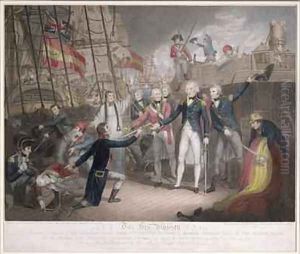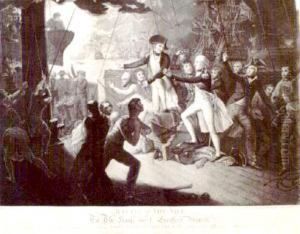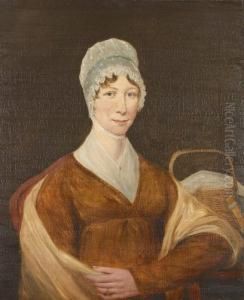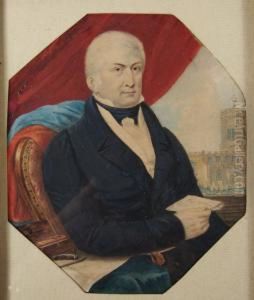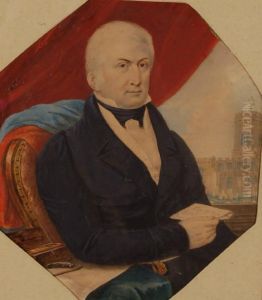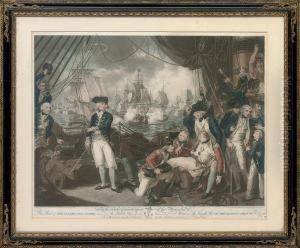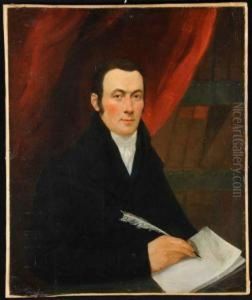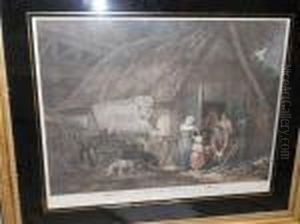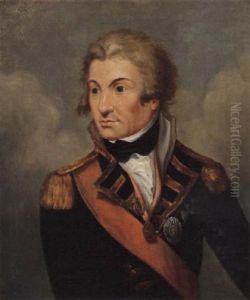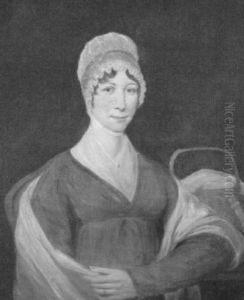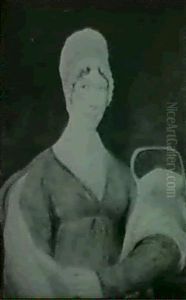Daniel Orme Paintings
Daniel Orme was a notable British artist and engraver born in 1766, whose body of work primarily reflects the late 18th and early 19th centuries. Though not as widely known as some of his contemporaries, Orme's contributions to the art world during his lifetime were significant, particularly in the realms of portrait painting and engraving. His works are an insightful glimpse into the aesthetic and stylistic preferences of his era, offering valuable perspectives on the period's social and cultural contexts.
Orme's early life is somewhat shrouded in mystery, with limited documentation on his formative years and artistic training. However, it is known that he emerged as a professional artist in the late 1780s, quickly gaining recognition for his skills as an engraver. His engravings, which often depicted scenes of naval victories and other significant historical events, were highly sought after, reflecting the era's fascination with heroism and the British Empire's expanding global influence.
Alongside his engravings, Daniel Orme was also a skilled portraitist. He produced numerous portraits of notable figures of his time, which were praised for their detail and the insight they provided into the personalities and characters of his subjects. Through these portraits, Orme contributed to the era's burgeoning interest in individualism and the human experience, themes that were becoming increasingly prominent in the art and literature of the period.
Despite his success, Orme's career experienced fluctuations, with periods of high demand interspersed with times of relative obscurity. This was not uncommon for artists of his time, as shifting tastes and the patronage system often dictated an artist's fortune. Nonetheless, Orme's resilience and adaptability allowed him to continue working and innovating throughout his life.
Daniel Orme passed away in 1832, leaving behind a legacy that, while perhaps not as celebrated as some of his peers, is nonetheless an important part of the British art historical narrative. His works remain in various collections and continue to be studied for their artistic merit and historical significance, offering insights into the complex interplay of culture, politics, and art in the late 18th and early 19th centuries.
